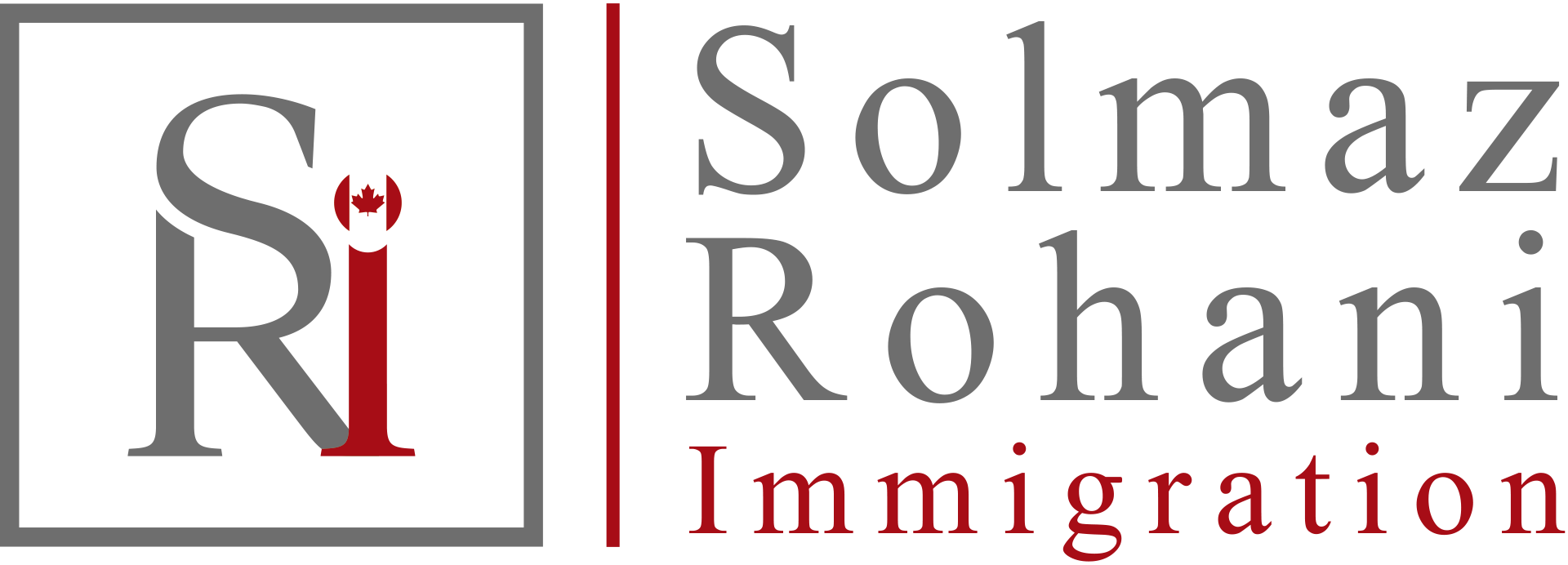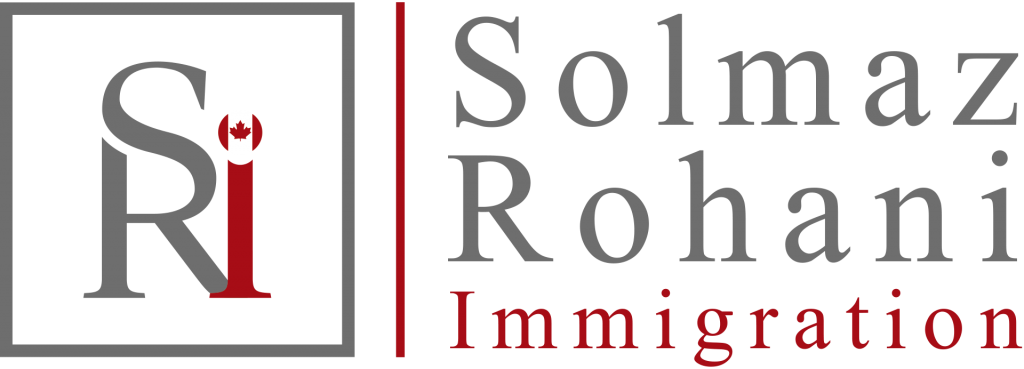Nova Scotia is Canada’s second-smallest province (following Prince Edward Island) and is located on the southeastern coast of the country. The province includes Cape Breton, a large island northeast of the mainland. The name Nova Scotia is Latin for “New Scotland,” reflecting the origins of some of the early settlers. Given its proximity to the Atlantic Ocean, Nova Scotia’s economy is largely influenced by the sea, and its harbours have served as military bases during many wars.
Nova Scotia is part of the Appalachian region, one of Canada seven physiographic regions. The province is primarily a peninsula extending from the country’s mainland. At its northeastern end is Cape Breton Island. Surrounded by the Atlantic Ocean, Nova Scotia is separated from Prince Edward Island by the Northumberland Strait and from New Brunswick by the Bay of Fundy.
The Atlantic Upland is one of Nova Scotia’s chief physical features and is recognized by its five fragments, separated in places by extensive lowlands. Of these fragments, the largest is the Southern Upland, which occupies the southern and central part of the province. Starting at the rugged Atlantic coast, and marked by many inlets, islands, coves and bays, it rises to an altitude of 180 to 210 m in the interior. Its northern border constitutes the South Mountain. The second fragment is the North Mountain, a range of trap rock that runs parallel to the South Mountain for 190 km along the Bay of Fundy, from Cape Blomidon, on Minas Basin, to Brier Island.
Between the two mountain ranges lie the fertile valleys of the Annapolis and Cornwallis rivers, which together constitute the well-known apple-growing region of Nova Scotia. The third fragment consists of the flat-topped Cobequid Mountain, rising to 300 m and extending 120 km across Cumberland County, while the fourth has its beginnings in the eastern highlands of Pictou County. It extends in a long narrowing projection through Antigonish County to Cape George. The fifth fragment, on northern Cape Breton Island, is a wild, wooded plateau that peaks to a height of more than 550 m above sea level. It contributes to the scenic character of Cape Breton Highlands National Park, especially as viewed from the Cabot Trail, which runs through it. In contrast, the southern part of Cape Breton Island is largely lowland.
Originally, most of the province was covered by forest, but little of the virgin forest remains, except in the plateau of northeast Cape Breton Island. Secondary growth has tended to be coniferous because of the acid soil and the slow growing season. However, hardwoods continue to exist in sufficient abundance to produce a colourful display in the autumn. In swampy areas and rocky barrens, mosses, lichens, ferns, scrub heath and similar growths are common.
Nova Scotia includes over 3,000 lakes, as well as hundreds of streams and small rivers. Because of the general direction of the watersheds, the rivers are not long. However, with moderately heavy precipitation, normally no shortage of water occurs. The province’s largest lake, the 1,099 km2 Bras D’Or, was created when the sea invaded the area between the upland and lowland areas of Cape Breton. Saline and tideless, it is widely used for recreation. On the peninsula, the largest lake is Lake Rossignol. (See also Geography of Nova Scotia.)
The Department of Health and Wellness administers an extensive program of family medicine, primary care, dental care, emergency services, mental health services, infection control, continuing care and e-health services. Public health insurance is provided to eligible residents for most hospital and medical services, as well as dental care for children and pharmacare for seniors. Medical and dental research is carried on primarily by the faculties of Medicine and Dentistry at Dalhousie University.
The legislature has always refused to fund faith-based schools, even before Confederation. Education was originally provided via one system that permitted Catholic children to attend separate schools with Catholic teachers, effectively treating the schools as part of the public system, so long as they followed that system’s course of study and observed its regulations. With the enlargement of Halifax’s boundaries and the consolidation of schools resulting from declining enrolments, the separate system has been substantially impacted.
Of Nova Scotia’s eight school boards, one is a French-language board. The elementary level comprises primary and grades one to six; the secondary level comprises grades seven to nine in junior high, and 10 to 12 in senior high. The public school system is non-denominational.
Post-secondary education consists of independent, degree-granting universities and colleges, the Nova Scotia Community College and private trade schools. Institutions providing regular university programs in Halifax are Dalhousie, Saint Mary’s, Mount Saint Vincent and the University of King’s College; outside Halifax, university programs are at Acadia in Wolfville, St Francis Xavier in Antigonish and Cape Breton University in Sydney. Université Sainte-Anne at Church Point is the only francophone university in the province.
Institutions providing specialized training in Halifax include NSCAD University (formerly the Nova Scotia College of Art and Design) and The Nova Scotia Agricultural College in Truro. Technical education for mariners is provided by the Nova Scotia Nautical Institute and by the Canadian Coast Guard College at Sydney.
The Nova Scotia Community College has 13 campuses around the province, and the Department of Education and Culture operates the provincial apprentice program.



